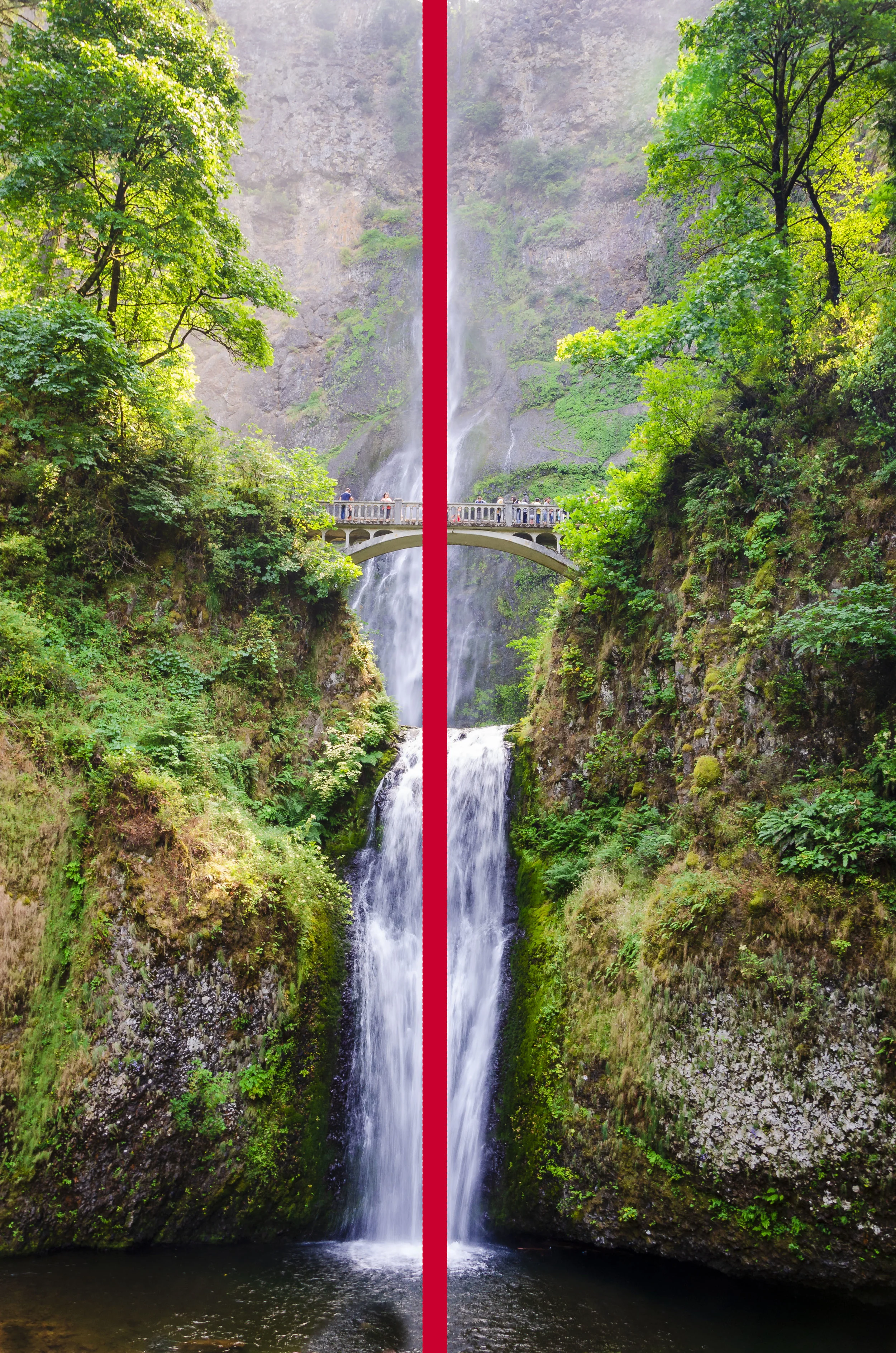COMPOSITION LITE - SYMMETRY
I have been planning a series of blog posts to share studies of design, light,… you know, those fundamental subjects that you will always be learning and relearning. Each month I post something else in their place because I am never sure if this would be something a reader would enjoy... Well, this month, I decided everyone might benefit from a study (or refresher) in composition. It seems like everyone is taking photos in some form these days, so why not know the “rules”.
COMPOSITION LITE
Last month we reviewed the Rule of Thirds. Did you have an opportunity to take the Rule of Thirds out on a test drive - or photo shoot as the case may be? Are you ready to try another composition? Well, how about exploring Symmetry?
SYMMETRY
Here is where things get a little wonky - that’s technical jargon for, I’m about to contradict myself. Last month, do you remember how I said NOT to put subjects in the center of your composition - dead center is dead wrong, and all of that? Well, this month I’m here to tell you that Symmetry is a centered, balanced composition. Think of a line dissecting your image (line of symmetry) and on each side of the line, the image is the same. Think of reflections in water, architecture, roads, paths… those are all good candidates to be composed symmetrically and therefore, centered. Another situation in which a centered subject is appropriate on the less formal, square format canvas/crop.
Here is an example using an image of Multnomah Falls in Oregon (...okay, Multnomah Falls is too beautiful to only share it with an ugly line of symmetry, so I included one without):
Multnomah Falls Oregon - Symmetry Example with Line of Symmetry - Digital Photography, © 2012 SuZan Alexander
Multnomah Falls Oregon - Symmetry Example without Line of Symmetry - Digital Photography, © 2012 SuZan Alexander
Symmetrical compositions can be very harmonious, but they can also be static. I’m not saying that is good or bad. No judgment here. But, be aware that symmetry does not work all of the time, so tread cautiously. Having said that, here is the great part about creating: you are driving the creative bus. You decide what you want your image to look like, what you are trying to say with your image, what looks good to you… Test it out for yourself. I think you will see when to use symmetry, and don’t forget to share your results.
Sources:
The Elements of Dynamic Symmetry by Jay Hambidge
Composition
20 Composition Techniques That Will Improve Your Photos








